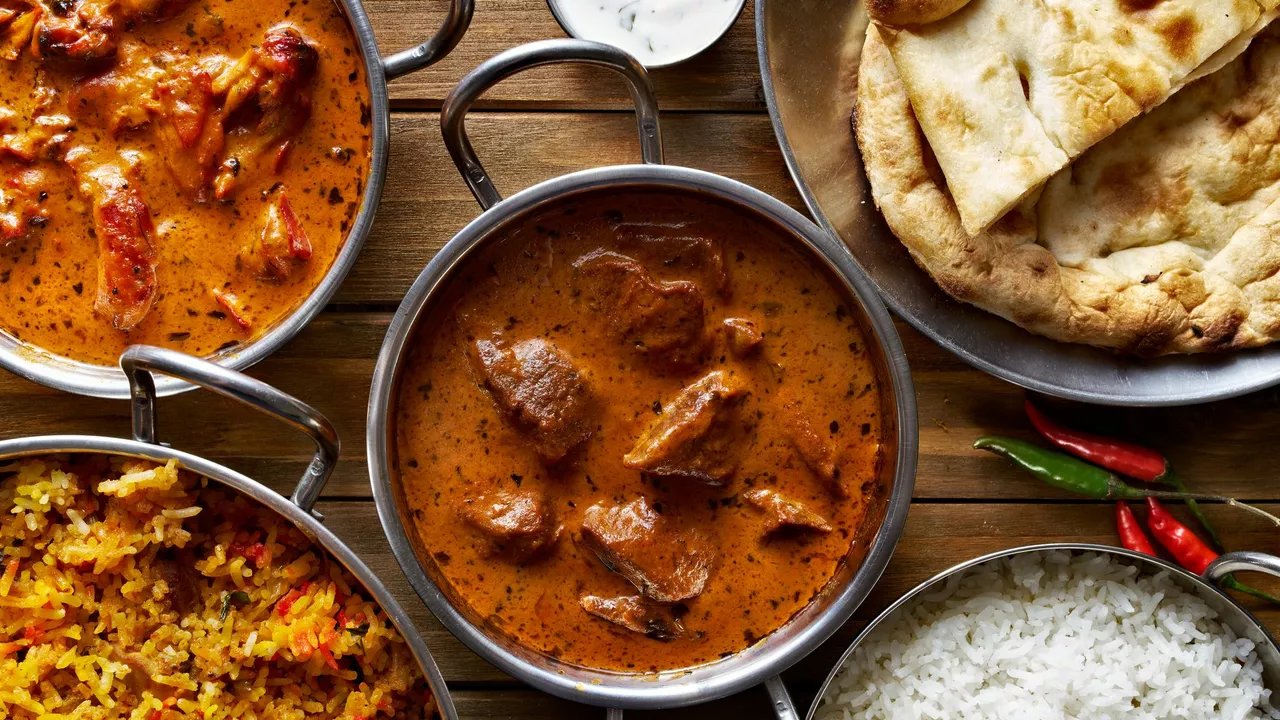Indian Cuisine: Flavors, Tips, and Must‑Try Dishes
If you love bold spices, colorful plates, and food that tells a story, you’re in the right spot. Indian cuisine isn’t just a meal, it’s a mix of regions, traditions, and everyday hacks you can use at home. Below you’ll find quick pointers for cooking, serving, and storing Indian food without the hassle.
Everyday Indian Cooking Basics
The backbone of most Indian dishes is a simple spice blend. Keep mustard seeds, cumin, turmeric, and chili powder in a small jar – they’re the go‑to for dishes like dal, chana masala, and simple veggie stir‑fries. A splash of ghee or oil, a handful of onions, and a few garlic‑ginger pieces give you a flavor base in under ten minutes.
When you’re ready for a main, start with a protein or lentil, add the spice mix, then toss in tomatoes or coconut milk for richness. One‑pot meals like biryani or pulao let you layer rice with veggies and spices, saving time and dishes. Remember to taste as you go – a pinch of salt or a squeeze of lemon can balance a heavy spice load instantly.
Safety and Storage Tips
Leftover Indian food can stay safe for up to four hours at room temperature. After that, move it to the fridge within two hours to keep bacteria in check. When reheating, aim for 165°F (about 74°C) to kill any germs that might have grown.
If you’ve got rice that sat out overnight, it’s safer to discard it. Rice is a common breeding ground for Bacillus cereus, a bacteria that survives cooking. Store cooked rice in an airtight container and cool it quickly – the fridge will keep it good for three to four days.
Spices lose their punch over time, so keep them in a cool, dark spot and replace them every year. Fresh spices not only taste better but also contain more antioxidants, which is a win for health.
Quick tip: When you’re serving a big group, keep hot dishes on a low burner or in a warm oven (around 150°F) so they stay safe and tasty. Cold dishes like raita or chutney should stay chilled until served.
Enjoying Indian food isn’t limited to sit‑down meals. Street‑style snacks like samosas, pani puri, and chaat are easy to recreate at home using ready‑made wrappers and a handful of spices. They’re perfect for a weekend binge or a quick party bite.
Finally, don’t stress about perfection. Indian cooking thrives on improvisation – swap paneer for tofu, use cauliflower instead of potatoes, or add a splash of lemon juice for brightness. Play with flavors, trust your palate, and you’ll soon have a collection of dishes that feel both authentic and uniquely yours.

Which American state has the best Indian food?
After exploring various states and their Indian cuisine offerings, I've found that California tops the list for the best Indian food in America. From San Francisco's bustling 'Little India' to Los Angeles's diverse culinary scene, the state is packed with a multitude of restaurants serving authentic and innovative Indian dishes. Whether you're craving for spicy Vindaloo or a simple 'masala chai', you're likely to find it in the Golden State. Also, the state's commitment to fresh, local produce gives the food an added edge. So, if you're an Indian food lover, California is your go-to destination.
- Sports (7)
- Legal News (2)
- Business (2)
- News and Media (1)
- Food Safety (1)
- Politics and Government (1)
- Travel and Food (1)
- Culture & Lifestyle (1)
- Politics & Government (1)
- Marketing (1)
-
How was your experience with Air India?
8 Feb 2023 -
Sampat Aluminium IPO Soars 9.6x as JD Cables Debuts; Details Inside
9 Oct 2025 -
What are the pros and cons of living in New Zealand?
31 Jan 2023 -
Youth Arrested for Impersonating IAS Officer Tina Dabi to Steal Amazon Gift Cards
23 Nov 2025 -
Supreme Court to hear bail plea of activist Navlakha today?
13 Mar 2023
18.07.23
Aarav Chatterjee
0